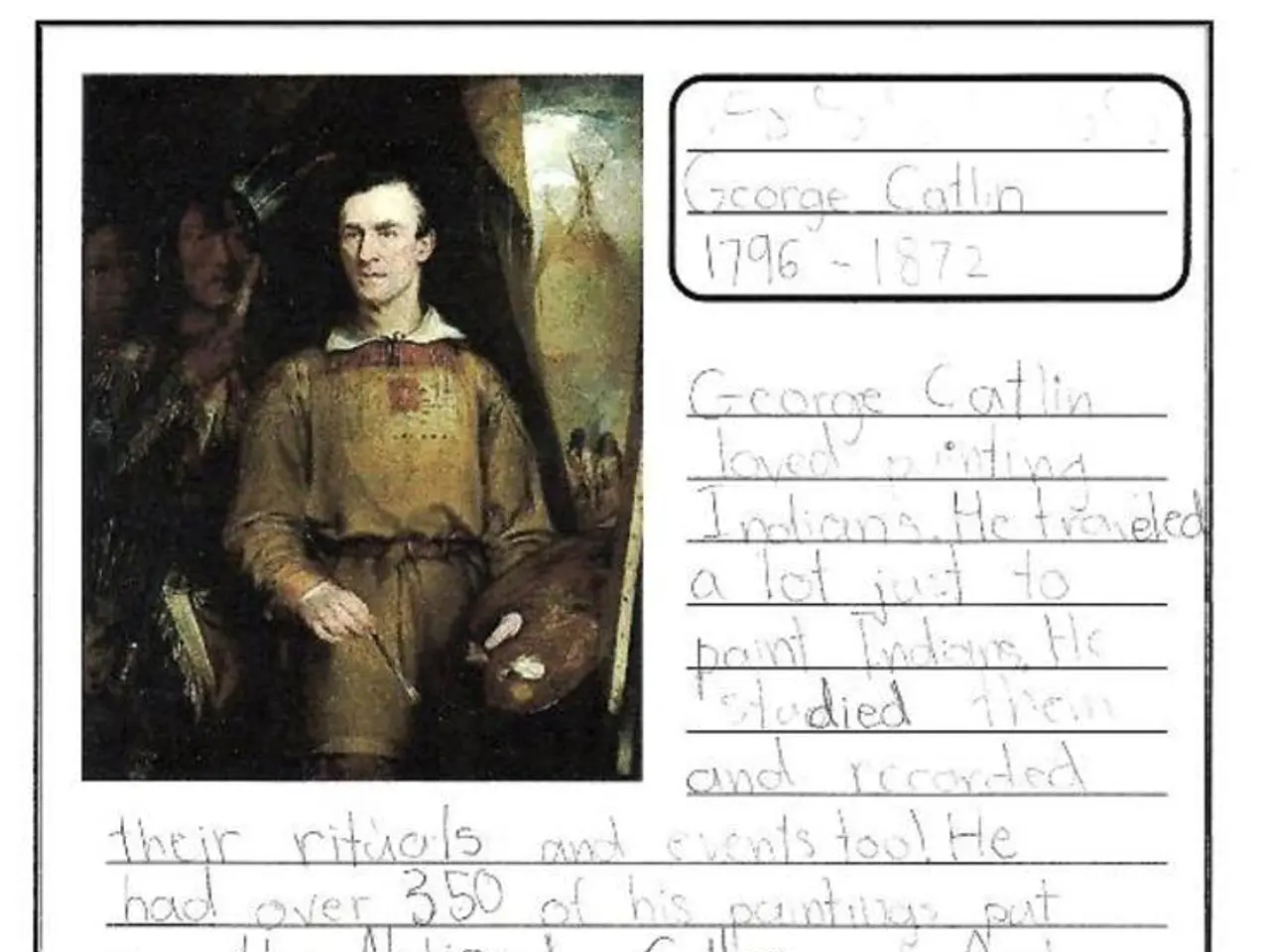AI aids in bringing back untold tales from ancient Rome's history
In the world of classical studies, a groundbreaking AI tool named Aeneas is making waves. Developed by researchers to assist Latin scholars, Aeneas rapidly contextualizes, interprets, and restores fragmentary and incomplete ancient Roman inscriptions [1][2].
The tool's unique capabilities include surfacing parallels and linguistic patterns across thousands of Latin inscriptions, helping scholars identify related texts by wording, style, provenance, and historical context much more quickly than manual methods [1][2]. Aeneas also predicts the approximate dating and geographical origins of inscriptions, addressing the challenge of undated and displaced texts [1].
One of Aeneas' most impressive feats is its ability to restore missing or damaged portions of texts, including gaps of unknown length that traditional methods struggled to fill, thereby enabling the reconstruction of incomplete inscriptions [3][4]. With Aeneas, historians can discern subtle historical and political nuances, as demonstrated by new insights into famous texts like the Res Gestae Divi Augusti, where previously unnoticed language parallels and imperial political discourse have been highlighted [2].
The challenges Aeneas addresses are significant. Many inscriptions are fragmentary and incomplete, often with missing words or sections. There is also a lack of precise dating or provenance information due to the mobility of artifacts over centuries. The traditional process of contextualizing inscriptions has been time-consuming and guesswork-heavy, relying heavily on expert intuition and manual comparison [1][2]. Furthermore, making connections across a vast, temporally and geographically dispersed Roman world with diverse inscription formats and abbreviations has been a complicated task [1].
By automating expansive textual comparisons, predictive dating, and gap restoration, Aeneas enhances and accelerates the scholarly workflow, freeing experts to focus more on interpretation and synthesis rather than purely labor-intensive deciphering [1][2][4]. This represents a major advance in the use of AI for classical studies and epigraphy.
Latin inscriptions are invaluable to historians as they offer a first-hand view into the daily life of ancient Romans. From decrees to graffiti, and even warnings like "Beware of the dog" on mosaics, these texts provide evidence of ancient thought, language, society, and history [5]. Around 1,500 Latin inscriptions are discovered every year, and these unique texts, written by the ancient people themselves across all social classes on any subject, offer a treasure trove of information for historians [6].
Despite the excitement surrounding Aeneas, it is important to note that the tool is most effective when used in conjunction with human expertise. When tested on the famous inscription Res Gestae Divi Augusti, the best results were achieved when historians utilized the AI model alongside their research skills [7]. Over 20 historians who tried out the model found it provided a useful starting point in 90% of cases [8].
Aeneas can offer a decade when an inscription was produced and can estimate the location of an inscription among the 62 Roman provinces [8]. The model was trained on 176,861 Latin inscriptions, totaling up to 16 million characters [9]. Aeneas can also guess what missing sections might have contained in an inscription [9].
However, it's crucial to remember that these texts have often been damaged over the millennia. Despite this, Aeneas' ability to use subtle clues such as archaic spelling to land on two possible dates for Res Gestae Divi Augusti demonstrates its potential to revolutionize the field of classical studies [2].
As the debate among historians about the exact writing date of Res Gestae Divi Augusti continues, Aeneas offers a promising tool to help unravel the mysteries of the past. Studying history through inscriptions is like solving a gigantic jigsaw puzzle, and with Aeneas, we are one step closer to completing the picture.
- The impact of technology on education is evident in the world of classical studies, as seen with the AI tool Aeneas, which is revolutionizing the study of Latin inscriptions.
- As artificial intelligence advances, it is increasingly being applied to various fields, including science and humanities, and Aeneas, trained on 176,861 Latin inscriptions, is an example of its potential to shed light on history and cultural artifacts.
- With the world becoming more interconnected, the availability of technology, such as Aeneas, enables scholars to make connections across vast, dispersed regions, unveiling hidden patterns and nuances in ancient texts.




